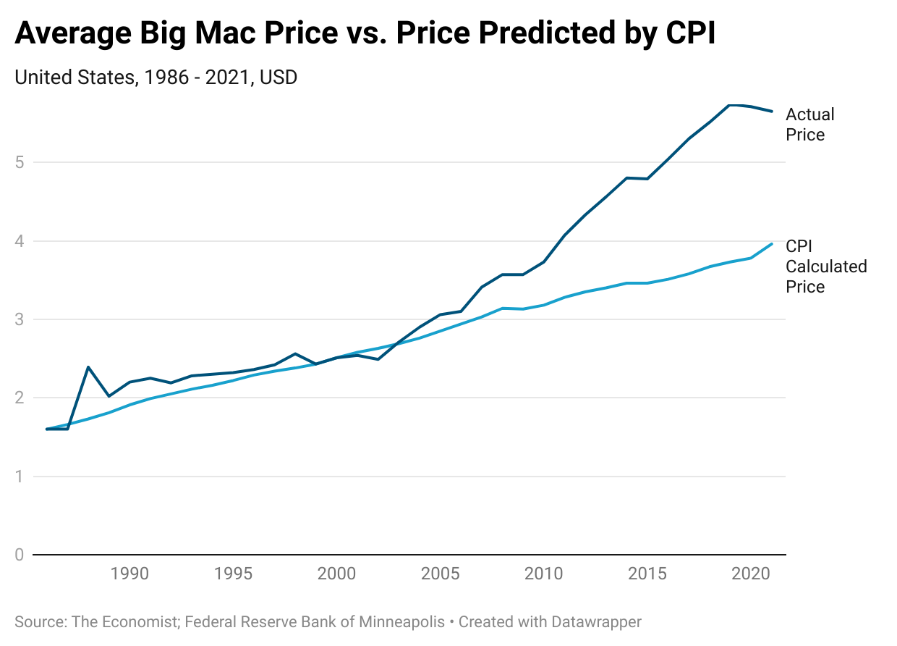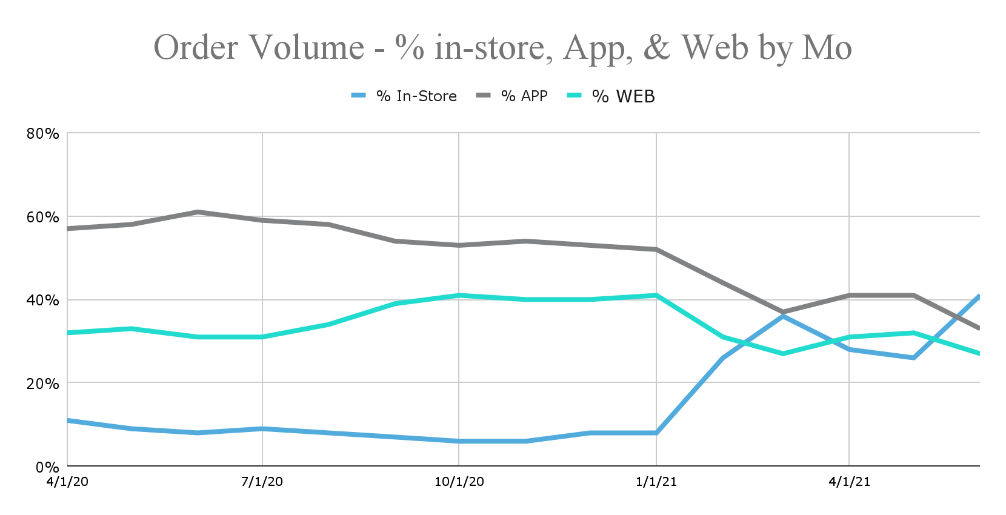Why are so many QSR brands interested in changing agency partners lately? R3’s Greg Paull explains that as pandemic behaviors fade and inflation persists, a different set of skills may be needed, as brands shift from sustaining awareness to driving sales.
This article is part of the March 2022 WARC Spotlight US series, “For QSR brands, a menu of disruption, digital, and dazzle”. Read more
It might look like a season for change for quick-service restaurants (QSR) in the US and Canada. Brands from McDonald’s to Burger King, KFC and Tim Horton’s have announced – or are in the process of finding – new agency partners, in creative, media, or both. In the US alone, this might raise questions to why, as QSR brands did well out of the pandemic even with restrictions to in-store dining and significant drops in traffic.
At the onset of the pandemic, QSR was one of the industries to quickly kick digital transformation into gear. However, the next challenge of winning customers in a high-inflation economy requires a different set of skills, which – in many cases -- is why QSR brands are looking for better suited partners. Priorities have shifted from sustaining brand awareness in a WFH economy to convincing people to pay more, more regularly.
Communicating value as prices rise
Consumers are facing the highest menu inflation prices in decades as a result of labor and supply chain challenges. Looking at the Economist’s Big Mac Index – which looks at how Big Macs are priced across currencies, the price of a Big Mac increased at the same rate as inflation (7%) between December 2020 and December 2021. Brands have already begun offsetting commodity pressures. Domino's has downsized its wing deal from 10 to 8 items, and Denny's has stopped advertising its value menu that starts at $2.

Source: Data Driven Investor, 2021
The marketing focus for QSR brands will be to drive awareness on promotional items that have higher menu pricing, but caution needs to be taken with how affordability is communicated. The consumer demographic for QSR tends to be low and middle-income workers. Pushing premiums too aggressively might direct customers to nearby competitors.
Loyalty programs are one way of offering value. Tactically, marketing must work to get people to order online in exchange for customer data, even if they pick up or eat in-store. From a capability perspective, agency partners with an approach to first-party data, loyalty and CRM will be in demand, especially to combat the rise of third-party delivery apps, which can serve to distance QSR brands from their customers.
Advertising that sells burgers
Burger King’s “Moldy Whopper” and Wendy’s #NationalRoastDay might fire up Twitter, but inflation will see QSR brands strategically put less emphasis on virality as a KPI and commit to more sales-oriented advertising. McDonald’s celebrity-backed “Famous Orders” did this successfully. By pushing the value and visibility of its core menu, McDonald’s increased restaurant visits by 12% in the first week of promotion and outpaced 2019 same-store sales by double-digits in the US.
The rise in the number of Limited Time Offerings by quick-service restaurants is proof that the strategy works. Tim Horton’s collaboration with Justin Bieber helped fuel Tims’ same-store sales growth in the quarter, making it one of the brand’s top-performing promotions.
Creatively, this calls on agencies to breathe new life into a tried, if not tired, equation. Adding a celebrity spin to a core menu, throwing in merchandise and adding in-app value will require a great deal of innovation if the approach is to stay fresh. Agencies that are on the pulse of Gen-Z and youth culture online will have an advantage.
Getting digital on the right rails
There’s no argument that digital is the future for QSR. Restaurant Brands International (RBI), owner of Burger King, Popeyes and Tim Hortons, reported that it made $10 billion in sales worldwide through its digital channels in 2021, a 65% increase. Yum! Brands generated $22 billion online. In 2021, Jack-in-the-Box named Kyra Media its AOR for TikTok. In China, McDonald's partnered with digital asset creation agency Cocafe to create a set of 188 NFTs as part of its franchise's 31st anniversary. Partnerships are being established with NFT marketplaces like Sweet and VR platforms like Decentraland.

In a study of 4.3 million orders, restaurant platform Incentivio found that, even after the depths of the pandemic, digital revenue still accounted for around 50% of total restaurant sales. Source: Incentivio in Restaurant Technology News, 2021
As social commerce, data analytics and virtual marketing grow in importance, QSR agency models will need to account for the fast-moving interactions required by non-traditional agencies. What will separate good and great QSR agency partnerships are the ways of working that integrate partners in the agency ecosystem with the brand’s internal business. The rails that connect in-house with out-sourced vendors will need to be transparent, accountable and agile.
Integration takes on a whole new flavor when promotions are fast, fun and fueling sales and app interactions. It requires concerted planning, proactive leadership, martech alignment, and a sense of fearlessness. QSR marketers have strong visions in their line of sight; we’ll need to see if the new host of agency partners are up to the challenge.
Read more in this Spotlight series
Krystal’s Alice Crowder discusses QSR celebrity partnerships, delivery and how the brand is navigating inflation
Alice Crowder
Krystal
McDonald’s Jennifer Healan on being where the brand’s fans are, literally and figuratively
Jennifer Healan
McDonald’s
As delivery services disintermediate, QSR brands should build emotional engagement
Mingthoy Sanjur, Jeremy Cline, and Bret Smith
VMLY&R
Using branding, menu development and under-used equipment and staff to launch virtual restaurant concepts
Daniel Carpenter, Jennifer Jones, and Amy Shipley
SRG
How to please QSR's most demanding cohort: Gen Z
Nate Swift
O'Keefe Reinhard & Paul

